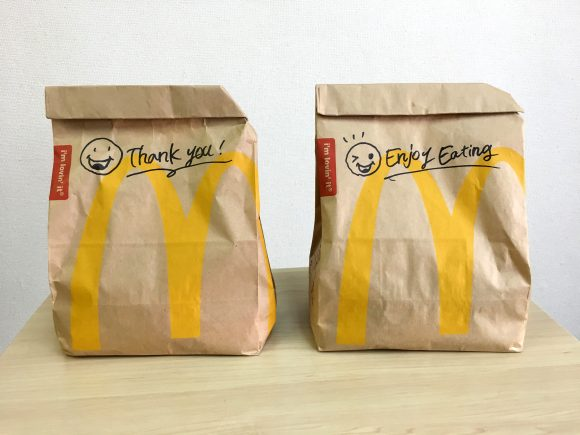
Thanks in part to paying employees more, CEO Sarah Cassanova has put the chain back on top like never before.
Most people would probably not want to have been in Sara Cassanova’s shoes when she became CEO and president of McDonald’s Japan in 2013. Although it sounds like a sweet deal, the company had been dealing with some sluggish performance. According to some analysts, the strict cost-cutting of the previous CEO Eiko Harada had given McDonald’s an image of profitability that may not have really existed.
To make matters worse, one of those cost-saving measures appeared to have involved procuring meat from Shanghai Husi Foods, which only one year after Cassanova’s hiring was discovered to have been dealing expired and tainted chicken. It was like being made captain of a cruise ship with turned out to be made of cardboard rather than steel, only to have a sudden virus outbreak as well.
If all that wasn’t enough, in the following months other incidents of foreign objects in food occurred. The Canadian CEO may have underestimated how seriously the Japanese people take corporate apologies as well, and delays of a few days in her bow-filled mea culpas only served to turn off people even further.
By 2015, McDonald’s Japan had slid into a huge deficit of 34.9 billion yen (US$327 million) and customer faith was at an all-time low. Needless to say, things were looking bleak.
▼ Annual net income in millions of yen
● Raise it and they will come
Despite all this, Cassanova stayed the course and continued her work to undo the short-sighted and over-thrifty management practices of her predecessor. According to an economic analyst interviewed by Nifty News, one major change involved closing down excess stores and raising the wages of staff.
The concept behind this plan wasn’t novel: the more the workers get paid, the happier they are, and the happier they are, the better their service is. The new pay system which began in 2015 gave employees who got good performance reviews a wage increase while those who got poor reviews a decrease. As a result 2,900 workers quickly received a pay increase.
▼ And suddenly found a reason to give out free smiles again.
Bit by bit, people began to notice a marked increase in service. A few years ago, ordering a Big Mac may have resulted in a box full of jumbled meat and toppings, but now sandwiches often come out carefully crafted.
▼ “Today’s Big Mac looks amazingly beautiful.”
https://twitter.com/sun_koutyou/status/915049628441108480● Democracy and Pocket Monsters
While that is a great move for many reasons, giving customer service a shot in the arm alone isn’t enough to save a company as deep in the red as they were. Another important strategy involved reminding the people in Japan how much McDonald’s was a part of the modern culture. Engaging campaigns like the battle between Japanese regional nicknames Makku and Makudo or the General Burger Election allowed the brand to gradually warm people’s hearts once again.
It wasn’t blatant, but these campaigns put the customers in the spotlight, rather than just shoving and endless line of new burgers in their faces. It made McDonald’s a place to have fun, taking part in an election or playing Pokemon rather than stuffing one’s face, which can be done anywhere.
▼ We even held the SoraNews24 Rockin’ Christmas party at McDonald’s.
At the same time, McDonald’s was also not losing sight of national eating trends by venturing into the occasional healthier meal options and offering higher-priced and higher-quality lines of burgers. It was a multi-pronged assault on the market. But there was still one more factor that contributed to their recovery.
● The competition did next to nothing
From 2014 to 2016 Ronald McDonald had been lying dead on the make-up-smeared asphalt, leaving behind a sizable hold in the market. And yet all of his rivals just seemed to stand around looking at each other, not knowing what to do.
In the years leading up to the fall of McDonald’s, Burger King seemed poised to take over with a slew of creative burgers and campaigns. However, in 2015 as McDonald’s was deep in the red and vulnerable to a death blow, Burger King began to fall strangely quiet.
▼ Not too little, but too late…
This year, after what appeared to be a long period of slumber, Burger King released Box Sets — reasonably priced yet jam-packed combo meals — that we being dubbed the Mac-Killers. However, it proved to be too late. Ronald had already trained with King Kai and traveled the Snake Way all the way back to the fast food battle with a new power level of over 9,000.
And with their renewed vigor, McDonald’s seems to have effortlessly taken back the market. For 23 straight months the company’s performance has been constantly increasing. From January to September 2017 sales have been up 13.2 percent, and by the end of the year McDonald’s Japan is expected to net 20 billion yen (US$187 million) making it the most profitable year in the company’s history.
In terms of both speed and scale, this success is nothing short of amazing — they’re even in a position to already begin expansion again. So let that be a lesson to all companies out there looking to boost your profits: start by paying your workers more! That’s what Cassanova did and now the company is surely lovin’ her.
Source: Nikkei Shimbun, Nifty News, Hachima Kiko
Images: SoraNews24

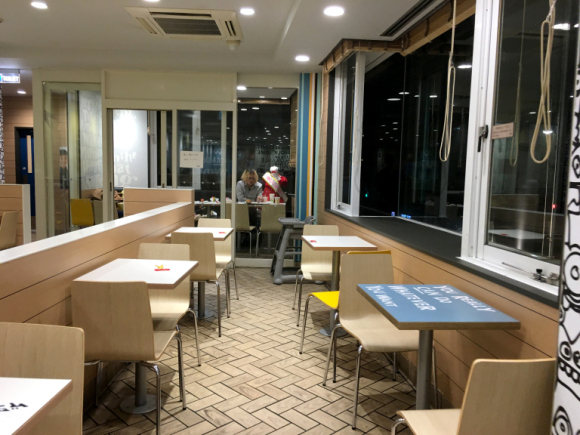
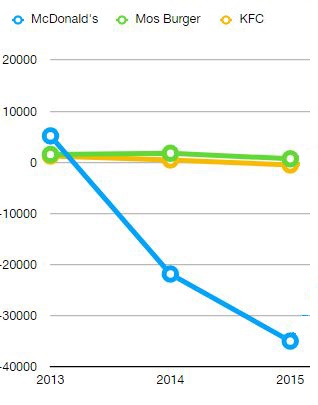
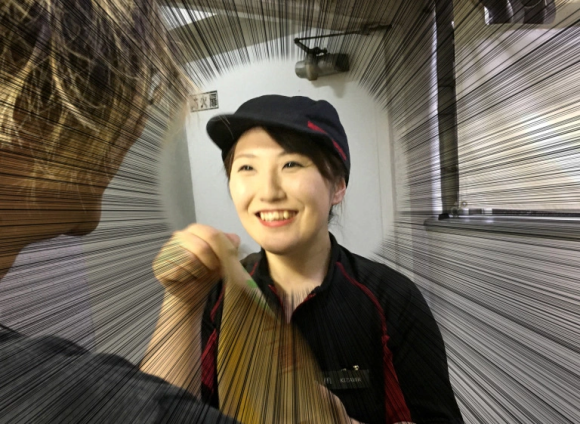
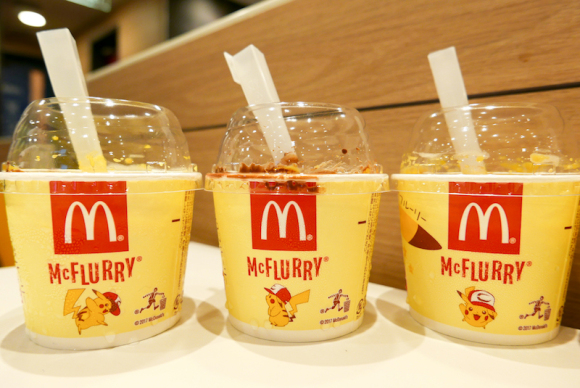
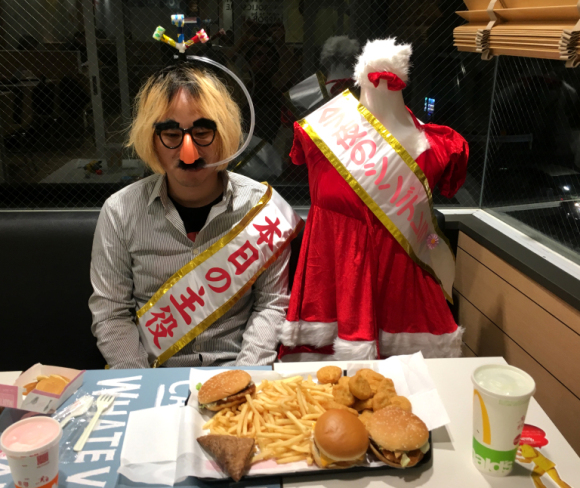
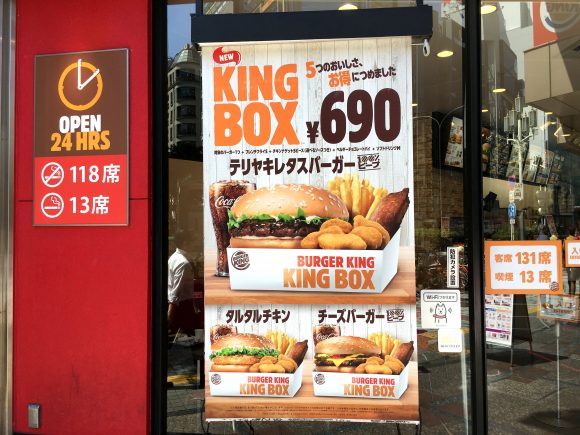

 Over 20 percent of Burger Kings in Japan suddenly vanishing this month
Over 20 percent of Burger Kings in Japan suddenly vanishing this month Survey ranks Japan’s most popular fast food chains, McDonald’s surprisingly not No. 1
Survey ranks Japan’s most popular fast food chains, McDonald’s surprisingly not No. 1 Japan’s oldest McDonald’s worker defies age barriers, inspires everyone at the age of 93
Japan’s oldest McDonald’s worker defies age barriers, inspires everyone at the age of 93 Ronald McDonald is coming to Yoyogi Park to celebrate spring, because…marketing?
Ronald McDonald is coming to Yoyogi Park to celebrate spring, because…marketing? McDonald’s Japan celebrates Happy Meal 30th anniversary with awesome travel-size board games
McDonald’s Japan celebrates Happy Meal 30th anniversary with awesome travel-size board games Foreigner’s request for help in Tokyo makes us sad for the state of society
Foreigner’s request for help in Tokyo makes us sad for the state of society Japanese city loses residents’ personal data, which was on paper being transported on a windy day
Japanese city loses residents’ personal data, which was on paper being transported on a windy day Historical figures get manga makeovers from artists of Spy x Family, My Hero Academia and more
Historical figures get manga makeovers from artists of Spy x Family, My Hero Academia and more Mt. Koya planning to instate visitor’s tax to cope with huge tourist numbers
Mt. Koya planning to instate visitor’s tax to cope with huge tourist numbers Suntory x Super Mario collaboration creates a clever way to transform into Mario【Videos】
Suntory x Super Mario collaboration creates a clever way to transform into Mario【Videos】 Ghibli Park now selling “Grilled Frogs” from food cart in Valley of Witches
Ghibli Park now selling “Grilled Frogs” from food cart in Valley of Witches Osaka governor suggests lowering voting age to 0 to curb population decline
Osaka governor suggests lowering voting age to 0 to curb population decline Harajuku Station’s beautiful old wooden building is set to return, with a new complex around it
Harajuku Station’s beautiful old wooden building is set to return, with a new complex around it Akihabara pop-up shop sells goods made by Japanese prison inmates
Akihabara pop-up shop sells goods made by Japanese prison inmates Anime girl English teacher Ellen-sensei becomes VTuber/VVTUber and NFT
Anime girl English teacher Ellen-sensei becomes VTuber/VVTUber and NFT McDonald’s new Happy Meals offer up cute and practical Sanrio lifestyle goods
McDonald’s new Happy Meals offer up cute and practical Sanrio lifestyle goods Japanese ramen restaurants under pressure from new yen banknotes
Japanese ramen restaurants under pressure from new yen banknotes French Fries Bread in Tokyo’s Shibuya becomes a hit on social media
French Fries Bread in Tokyo’s Shibuya becomes a hit on social media Studio Ghibli releases new action figures featuring Nausicaä of the Valley of the Wind characters
Studio Ghibli releases new action figures featuring Nausicaä of the Valley of the Wind characters New private rooms on Tokaido Shinkansen change the way we travel from Tokyo to Kyoto
New private rooms on Tokaido Shinkansen change the way we travel from Tokyo to Kyoto Red light district sushi restaurant in Tokyo shows us just how wrong we were about it
Red light district sushi restaurant in Tokyo shows us just how wrong we were about it Tokyo Tsukiji fish market site to be redeveloped with 50,000-seat stadium, hotel, shopping center
Tokyo Tsukiji fish market site to be redeveloped with 50,000-seat stadium, hotel, shopping center All-you-can-drink Starbucks and amazing views part of Tokyo’s new 170 meter-high sky lounge
All-you-can-drink Starbucks and amazing views part of Tokyo’s new 170 meter-high sky lounge Beautiful Ghibli sealing wax kits let you create accessories and elegant letter decorations【Pics】
Beautiful Ghibli sealing wax kits let you create accessories and elegant letter decorations【Pics】 Studio Ghibli releases Kiki’s Delivery Service chocolate cake pouches in Japan
Studio Ghibli releases Kiki’s Delivery Service chocolate cake pouches in Japan New definition of “Japanese whiskey” goes into effect to prevent fakes from fooling overseas buyers
New definition of “Japanese whiskey” goes into effect to prevent fakes from fooling overseas buyers Our Japanese reporter visits Costco in the U.S., finds super American and very Japanese things
Our Japanese reporter visits Costco in the U.S., finds super American and very Japanese things Studio Ghibli unveils Mother’s Day gift set that captures the love in My Neighbour Totoro
Studio Ghibli unveils Mother’s Day gift set that captures the love in My Neighbour Totoro More foreign tourists than ever before in history visited Japan last month
More foreign tourists than ever before in history visited Japan last month New Pokémon cakes let you eat your way through Pikachu and all the Eevee evolutions
New Pokémon cakes let you eat your way through Pikachu and all the Eevee evolutions Sales of Japan’s most convenient train ticket/shopping payment cards suspended indefinitely
Sales of Japan’s most convenient train ticket/shopping payment cards suspended indefinitely Sold-out Studio Ghibli desktop humidifiers are back so Totoro can help you through the dry season
Sold-out Studio Ghibli desktop humidifiers are back so Totoro can help you through the dry season Japanese government to make first change to romanization spelling rules since the 1950s
Japanese government to make first change to romanization spelling rules since the 1950s Ghibli founders Toshio Suzuki and Hayao Miyazaki contribute to Japanese whisky Totoro label design
Ghibli founders Toshio Suzuki and Hayao Miyazaki contribute to Japanese whisky Totoro label design Doraemon found buried at sea as scene from 1993 anime becomes real life【Photos】
Doraemon found buried at sea as scene from 1993 anime becomes real life【Photos】 Tokyo’s most famous Starbucks is closed
Tokyo’s most famous Starbucks is closed One Piece characters’ nationalities revealed, but fans have mixed opinions
One Piece characters’ nationalities revealed, but fans have mixed opinions We asked a Uniqlo employee what four things we should buy and their suggestions didn’t disappoint
We asked a Uniqlo employee what four things we should buy and their suggestions didn’t disappoint Princesses, fruits, and blacksmiths: Study reveals the 30 most unusual family names in Japan
Princesses, fruits, and blacksmiths: Study reveals the 30 most unusual family names in Japan Pokémon Go “gyms” and “poke-stops” in Japan located in McDonald’s
Pokémon Go “gyms” and “poke-stops” in Japan located in McDonald’s McDonald’s Japan is unleashing the Giga Big Mac, with 2.8 times the beef of a regular Big Mac
McDonald’s Japan is unleashing the Giga Big Mac, with 2.8 times the beef of a regular Big Mac McDonald’s Japan unleashes final appeal of 2015 to disgruntled fan base: Fancy cakes!
McDonald’s Japan unleashes final appeal of 2015 to disgruntled fan base: Fancy cakes! Japanese netizens praise Starbucks’ move to promote 800 temp workers
Japanese netizens praise Starbucks’ move to promote 800 temp workers Blink and you’ll miss what riled racists in this Japanese McDonald’s ad 【Video】
Blink and you’ll miss what riled racists in this Japanese McDonald’s ad 【Video】 McDonald’s unveils latest Black Burger – the Spicy Korean Burger 【Video】
McDonald’s unveils latest Black Burger – the Spicy Korean Burger 【Video】 Former McDonald’s Japan employee reveals the top three most-hated orders
Former McDonald’s Japan employee reveals the top three most-hated orders Angry Birdgers: McDonald’s China unveils green & red burgers to coincide with Angry Birds movie
Angry Birdgers: McDonald’s China unveils green & red burgers to coincide with Angry Birds movie McDonald’s Japan to give new burgers away for free—provided you have the right name
McDonald’s Japan to give new burgers away for free—provided you have the right name McDonald’s Japan’s French fry rationing extended for about another month
McDonald’s Japan’s French fry rationing extended for about another month McDonald’s Japan gives us a taste of the anime world with new series of Gundam burgers
McDonald’s Japan gives us a taste of the anime world with new series of Gundam burgers Tokyo Burger King removes snarky message to out-of-business McDonald’s branch, posts new sign
Tokyo Burger King removes snarky message to out-of-business McDonald’s branch, posts new sign McDonald’s releases new rice burgers in Japan
McDonald’s releases new rice burgers in Japan McDonald’s releases an Oreo and Spam burger for a very limited time
McDonald’s releases an Oreo and Spam burger for a very limited time Japan super budget dining – What’s the best way to spend 1,000 yen at McDonald’s?
Japan super budget dining – What’s the best way to spend 1,000 yen at McDonald’s? McDonald’s Japan adds first-ever shrimp rice burger to menu in gohan sandwich expansion
McDonald’s Japan adds first-ever shrimp rice burger to menu in gohan sandwich expansion
Leave a Reply